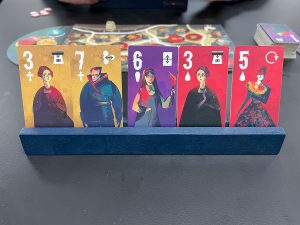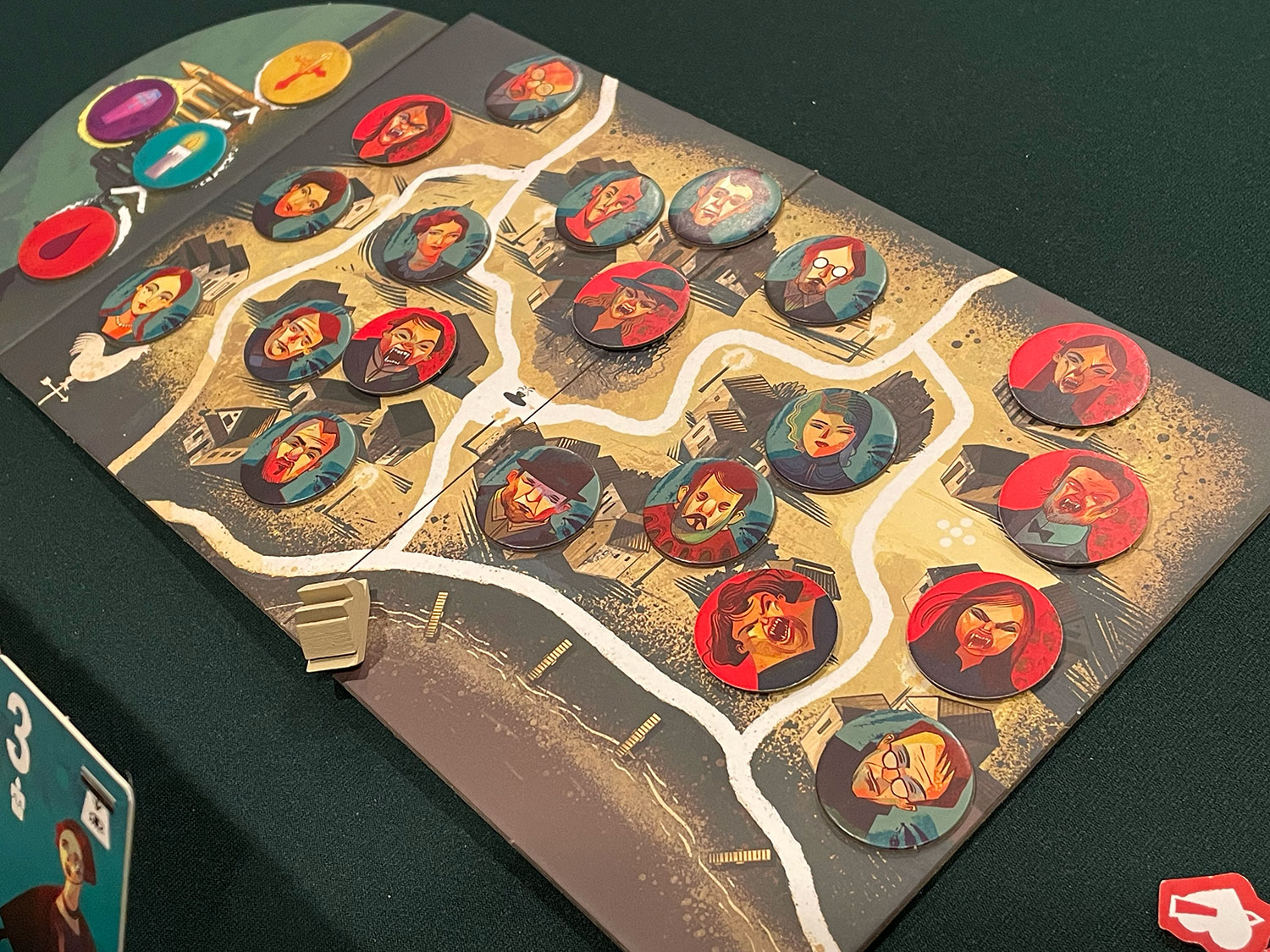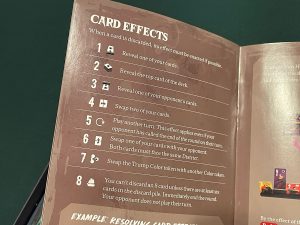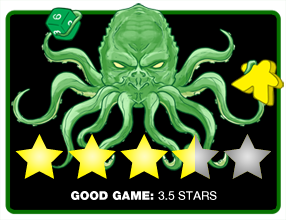 Almost everyone loves a story of nemeses battling for superiority: Batman vs The Joker, Holmes vs Moriarty, Bond vs Blofeld. One of the oldest in modern literature is certainly the uber-vampire Dracula vs the grizzled vampire hunter Van Helsing. Interestingly, in the original Dracula novel, Van Helsing is only described as a professor of rare diseases. Time and various elaborations in modern media have curated an image of the good doctor as eccentric and fanatical.
Almost everyone loves a story of nemeses battling for superiority: Batman vs The Joker, Holmes vs Moriarty, Bond vs Blofeld. One of the oldest in modern literature is certainly the uber-vampire Dracula vs the grizzled vampire hunter Van Helsing. Interestingly, in the original Dracula novel, Van Helsing is only described as a professor of rare diseases. Time and various elaborations in modern media have curated an image of the good doctor as eccentric and fanatical.
This evolution works well and provides a wonderful theme for a game about Dracula trying to change the citizens of Whitby, England (he loves northern British blood you see) into vampires. Dracula vs Van Helsing is a small box asymmetric lane battling slash area control slash trick-taking style game for two players. A full game takes 30 minutes. You can easily finish multiple games while you’re waiting for a blood transfusion.
Gameplay Overview:
The main concept is that the board represents the town of Whitby with five different districts. In each district sit citizen tokens who are all human at the beginning of the game. Dracula’s objective is to convert four (of four) humans in a single district into vampires or merely survive Van Helsing’s assaults by the end of the game. Van Helsing’s goal is to reduce Dracula’s health points (HP) down to 0 (fully staked) before the five rounds are over.

To accomplish the above, the players will play (up to) five game rounds. Each round, players will be given a set of five cards (they feel more like thin cardboard tokens) with each card having one of four suits and a numeric value. There are also tracking tokens to allow players to see which card suits are more valuable than the others and also which suit is the trump suit for the round.
To begin, players sit opposite each other, cards are dealt with their faces visible to the owning player on a small rack aligned with the board. The board sits in between the players populated with all tokens on their human side. Play alternates with turns of drawing a card from the deck. The drawing player then decides whether or not to replace a card they currently have for the card drawn or to discard it. Whether they decide to discard or replace and then discard, the pitched card has its action effect triggered.

Here’s where the twist occurs. Each card’s action effect has some dramatic ability that changes the game state or enhances a player’s game. The full list is below so readers can see how much these will affect play.
1 – Reveal (turn facing the opponent) one of your cards.
2 – Reveal the top card of the deck.
3 – Reveal (turn facing yourself) one of your opponent’s cards.
4 – Swap two of your cards.
5 – Play another turn.
6 – Swap one of your cards with your opponent.
7 – Swap the Trump color token with another color token.
8 – Immediately end the round. Your opponent does not play their turn. You can’t discard an 8 card unless there are at least six cards in the discard pile.
As can be seen above, the abilities are really the heart of the game and each player’s understanding of their impact is paramount.
At the end of the round, whether it is triggered by an 8 (usually) or the deck is empty, the players compare each card in their rack that is in the same opposing position. These positions should match up to the regions of the game board. To win a region, the two cards of the region are compared. If a trump suit is played, the highest value trump card wins. Otherwise, the highest value card wins. If both are the same value, the color hierarchy tokens are checked to see which suit wins.
If Van Helsing wins a region, he reduces Dracula’s HP by 1. If Dracula wins a region, one of the human tokens is flipped to the vampire side. This is the metric that drives the victory conclusions of the game as stated earlier.

Game Experience:
This reviewer has played quite a few lane battling games, area control games, and also a fair amount of trick taking games. The net effect here is that everything works well together and the game flow provides a nice experience overall. It’s well designed and provides lots to like while maintaining a sense of engagement that is above average.

Where the stakes come out is regarding how much control players might feel in the game overall. The cards that players start with in a round are placed in the rack exactly as they are drawn, with no decisions from the players. In addition, the trump suit can change multiple times in a round depending on what cards players draw. Players could plan for this, but the player changing the trump suit can change to ANY suit, so it’s very difficult to anticipate the “new” trump suit besides watching what is discarded (more below).
The other niggling thing for a lane battler is that usually players want to see which lanes they are winning and losing. Unless a player turns their opponent’s card around, this information is not revealed. So, on the whole, players have little information to go off of and are struggling to gain any info with each play of a card. The net effect is really a game with lots of assumptions and randomness. This may work for the theme, but for rewarding players, it feels incredibly lacking.
The final nail for this reviewer is the option to end a round early. If six cards have been played (3 from each player) playing an 8 card ends the round immediately. This rule makes for an interesting twist to game play but also adds to the chaos and feeling of uncontrolled urgency especially when knowing what cards are discarded matters. Without much information being revealed, it’s unpleasantly nail biting dreading an opponent ending the round.
Final Thoughts:
Dracula vs Van Helsing is a fine game. It’s fun, sure, but it’s fun the way many parlor card games can be fun. The randomness is overlooked for the engaging surprises of revelation. The tension is driven by what “could” happen instead of how close players are to controlling what they know will happen. Like many games in the 3.5 star range, depending on a player’s appetite for randomness it could be a great purchase or could leave them feeling disheartened. Overall the production values and the intelligent design decisions here save it from being something that would otherwise be sent to the trade pile.
Final Score: 3.5 Stars – A well produced hybrid area control & trick taking game that gets marred by some random elements.
 Hits:
Hits:
• Excellent production design and physical presence
• Gameplay is tense and engaging
• Good filler with a balance of randomness with game length
Misses:
• Players receive extremely little information before a round ends
• Hidden and random information that makes for swingy games
• Many plays are at best educated guesses
Source: Board Game Quest





